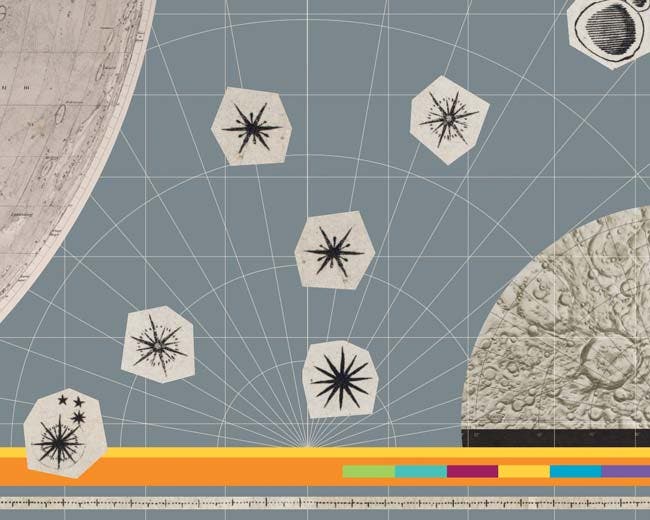
Mapping the Moon
A New Era of Accuracy
Beginning in the mid-18th century, lunar cartographers produced increasingly detailed maps of the Moon with accurate positions and measurements of surface features.
Tobias Mayer
Tobias Mayer, a German mathematician, began studying the Moon in 1747 and became the first cartographer to accurately measure prominent features on the lunar surface. He had planned to produce 15-inch lunar globes, but he died in 1762 without having completed the project. Mayer’s manuscripts were published posthumously in 1775. They included a lunar map that, based on Mayer’s measurements of surface features, set a new standard for accuracy.
Wilhelm Beer and Johann Heinrich von Mädler
German astronomers Wilhelm Beer and Johann Heinrich von Mädler published the first plate of their lunar map in 1834. It was a complete rendering of the lunar nearside divided into quadrants. The detailed and precise depiction and placement of surface features surpassed the quality of all preceding maps.
Julius Schmidt
Julius Schmidt continued the excellent work of the German school of lunar cartography. He observed the Moon for 34 years and produced the most detailed map of the lunar surface before the era of telescopic photography. With the aid of a 7-inch refractor telescope, Schmidt was able to identify and depict in superior detail a much greater quantity of craters than his predecessors.
